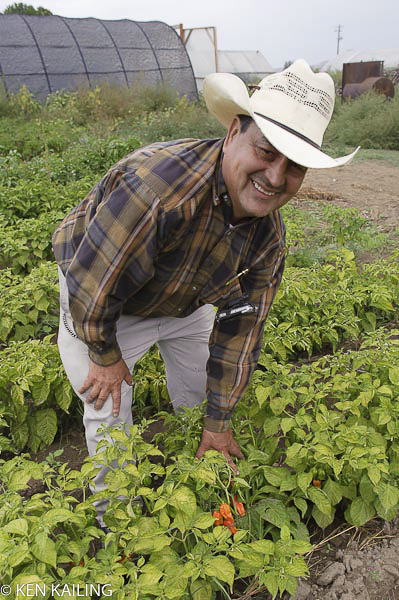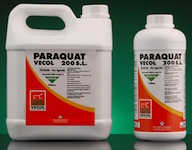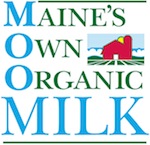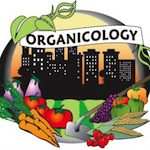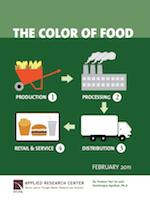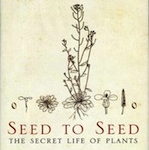Pick a Peck of Purple Peppers
Minutes after meeting Hilario Alvarez in the packing sheds on his farm south of Yakima Washington, we were dashing after him down and across rows of peppers that were blazing with ripe fruit. Until you’ve stood knee-deep or, in some cases, waist-deep in dark green pepper plants, you have no idea how striking the colors of ripe peppers can be.

